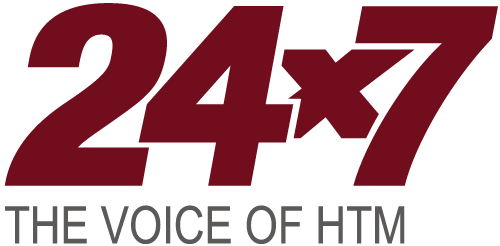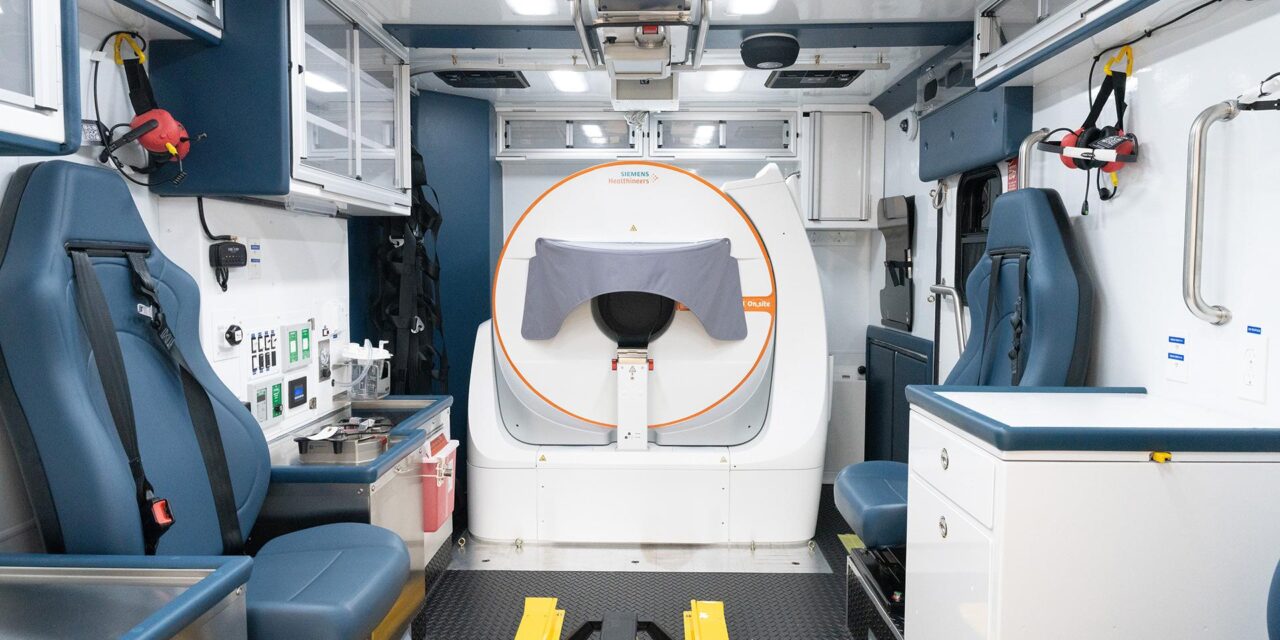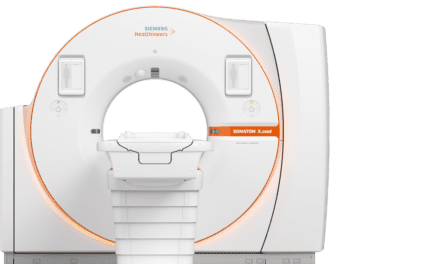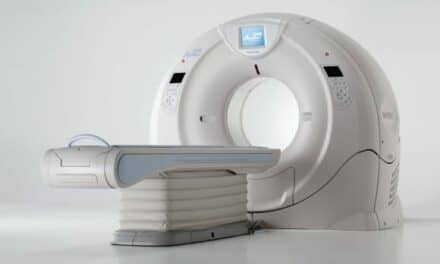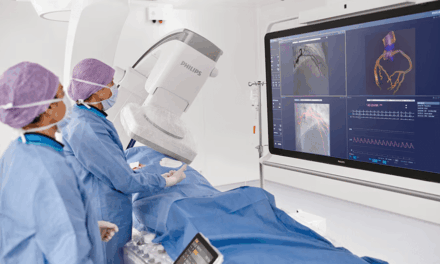UCLA Health is the first in the US to integrate Siemens’ mobile head CT scanner for on-scene stroke diagnosis.
Siemens Healthineers has announced the first mobile stroke unit featuring the Somatom On.site head computed tomography (CT) scanner in the United States. The technology has been deployed at UCLA Health of Southern California.
The mobile stroke unit is a specialized ambulance designed to quickly deliver advanced stroke care directly to patients to improve their chances of recovery. At the core of UCLA’s mobile stroke unit is the Somatom On.site, which is integrated into the ambulance to streamline workflow, enhance diagnostic accuracy, and empower mobile stroke unit teams to deliver timely, life-saving care.
When a 911 call indicates a potential stroke, a mobile stroke unit is dispatched alongside or instead of a standard ambulance. Upon arrival, the mobile stroke unit care team conducts an on-scene CT scan to determine whether the stroke is ischemic or hemorrhagic. The care team consults with a stroke specialist via telemedicine to guide immediate treatment decisions.
“The phrase ‘time is brain’ is used frequently when discussing stroke. The Somatom On.site head CT scanner at the heart of our mobile stroke unit empowers [mobile stroke unit] teams to make informed decisions sooner and potentially improve patient outcomes,” says Matthew Dedman, head of computed tomography at Siemens Healthineers North America, in a release. “This innovative CT solution will help stroke care teams improve access to care and reduce the critical time from symptom onset to diagnosis and treatment.”
Reducing Time to Stroke Treatment
Every 40 seconds, someone in the United States has a stroke, with many patients experiencing long-term disabilities due to delayed treatment¹, and fatal strokes occur every 3 minutes and 11 seconds.1,2 To save critical time and improve this situation, mobile stroke units allow pre-hospital diagnosis of suspected stroke patients. These units can help reduce time to treatment by an average of 30 minutes compared with conventional stroke pathways, and 65% more patients recover without health issues.3,4
“Advancements in mobile stroke imaging represent a significant step forward in pre-hospital stroke care,” says May Nour, MD, PhD, FSVIN, medical director of the Arline and Henry Gluck Mobile Stroke Rescue Program at UCLA Health, Los Angeles, in a release. “Our commitment to innovative approaches in emergency medicine aims to improve patient outcomes through rapid assessment and treatment when every minute counts.”
The Somatom On.site mobile head CT scanner in the mobile stroke unit delivers image quality comparable to stationary CT scanners, aiding in the detection of ischemia or brain bleeding. Integrated patient-support accessories, including the isocentered head holder and customized shoulder board, are designed to promote efficient workflow and patient positioning. The touch user interface and myExam Companion workflow, which is guided by artificial intelligence, help CT technologists acquire and automatically reconstruct images.
References
- Tsao, C.W., Aday, A.W., Almarzooq, Z.I., et al (2023). Heart disease and stroke statistics—2023 update: a report from the American Heart Association. Circulation. 147: e93–e621.
- National Center for Health Statistics. Multiple Cause of Death 2018–2022 on CDC WONDER Database. Accessed May 3, 2024. https://wonder.cdc.gov/mcd.html
- Golden Hour Treatment With tPA (Tissue-Type Plasminogen Activator) in the BEST-MSU Study | https://doi.org/10.1161/STROKEAHA.122.0398, accessed Jan 16, 2025
- Comparison of Mobile Stroke Unit With Usual Care for Acute Ischemic Stroke Management| https://doi.org/10.1001/jamaneurol.2021.5321, accessed Jan 16, 2025
